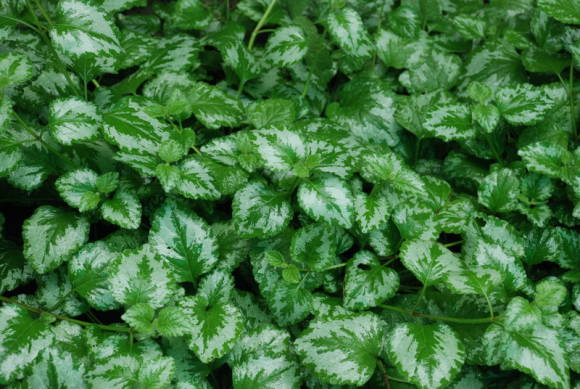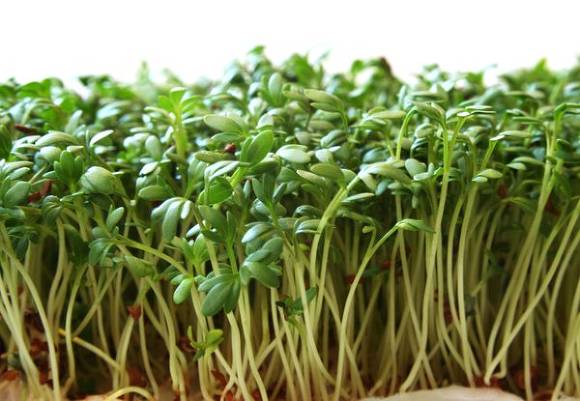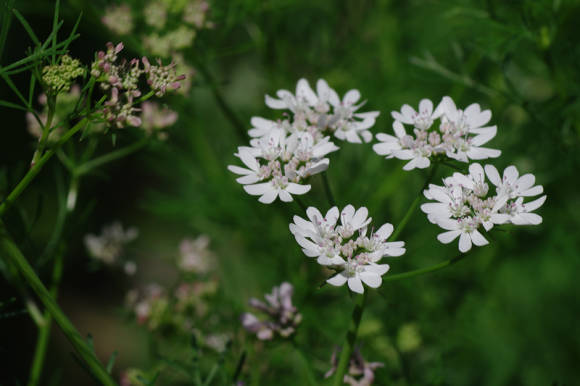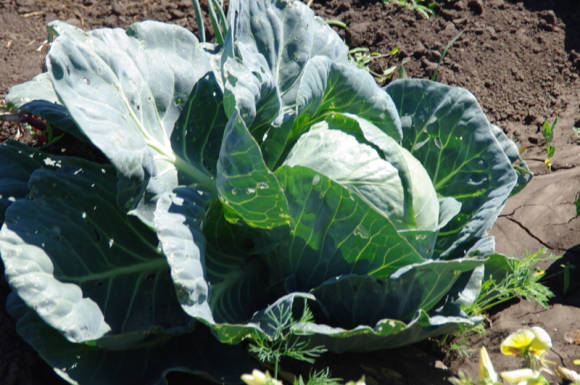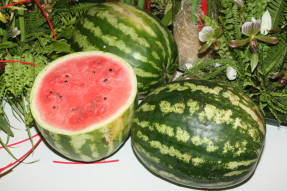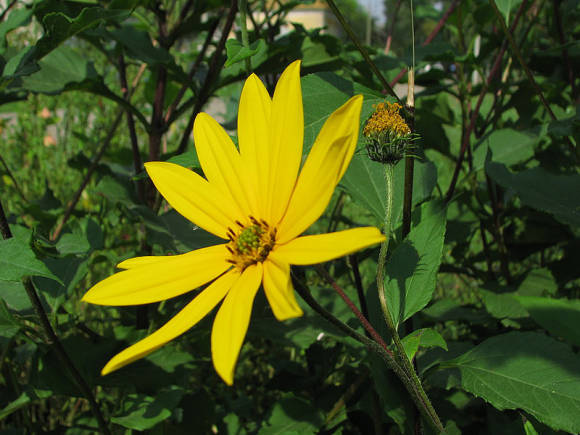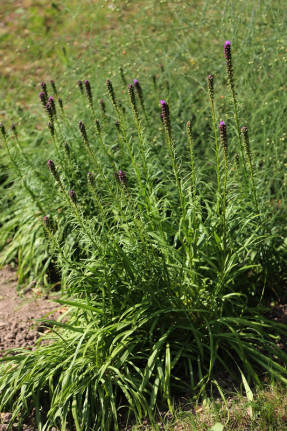
In recent decades, unpretentious and durable herbaceous perennials have gained particular popularity. They, as well as possible, are suitable for creating landscape compositions and in the future do not give growers much trouble to care, in addition, these plants, as a rule, are resistant to diseases and pests.
Such cultures for "lazy people" include lyatrice(Liatris) from this. astrov (Asteraceae). Although there are more than 20 species in this genus, only one of them is liatris spikelet(Liatris spicata) - the most widespread and stable in central Russia. Back in the 18th century. this plant was introduced from North America and introduced into cultivation in Europe.
Liatris owes its popularity to bright inflorescences. Crimson, lilac-purple or white candles, up to 30 cm high, appear in the middle of summer and retain their decorative effect for a month. The complex spike-shaped inflorescence is densely planted with small baskets, which bloom gradually, starting from the top. The tall flowering shoot is covered with numerous narrow bright green leaves. It comes out of a densely leafy basal rosette. In general, the plant is very harmonious and distinctive. In a mixborder, liatris is perfectly combined with a wide variety of perennials, matched in height, color and flowering time.
For this high (up to 100 cm) plants choose open, sunny areas with fertile, well-drained soil. More lush flowering can be achieved by moisturizing during dry periods and adding humus annually. Liatris is distinguished by its high winter hardiness, many of its varieties tolerate a drop in temperature to -350C and do not need shelter.
Common variety "Picador"(«Pikador ") with red-purple inflorescences in the mixborder forms an attractive contrasting group with snow-white bells (Campanula glomerata "Alba ", Campanula persicifolia "Alba ") and delphinium (Delphinium elatum "Lady Belinda "), goes well with pale pink mallow (Malva alcea "Fascigata ") or stock-rose (Althae rosea).
In mixed flower beds in open, sunny areas with sufficient moisture, white lyatris "Alba"(«Alba ") looks advantageous next to dark cherry yarrow (Achillea millifilium "Cerise Queen "), lilac and red aromatic monarda (Monarda fistulosa). It should be noted that the white variety "Alba", unlike purple, is more capricious, develops more slowly and rarely grows into a lush bush.
 |  |
Liatris with bluish («Blue Bird "), purple («Floristan Violett "), snow-white («Snow Queen ","Floristan Weiss ") inflorescences can be used to create compositions with bright yellow evening primrose (Oenothera missuriensis) and a double orange-red daylily (Hemerocallis Fulva "Flore Pleno "). Lush host rosettes look spectacular next to Liatrice (Hosta).
Low grades of liatris are surprisingly harmonious among the stones in rockeries. Among them is especially famous "Kobold"(«Kobold "), up to 40 cm high, with bright purple and violet-purple inflorescences, more voluminous than the natural species. In rockery, he will revive the background with a bright colorful spot and effectively shade the gray-blue tones of fescue with gray (Festuca glauca) and Carpathian bell (Campanula carpatica). Badan will be an excellent addition to the composition among large boulders, layered limestone or porous tuff. (Bergenia cordifolia "Purpurea "), various types of razuha (Arabis caucasica "Snowcap ","Rosabella "), paniculate saxifrage (Saxifraga paniculata) and numerous stonecrops (Sedum).
In culture, Liatris produces many seeds. They ripen in September-October, scatter and even self-seeding. The collected seeds are sown in the ground in autumn or in April-May, seedlings are grown from them. Seedlings bloom for 2-3 years. Liatris is a good crop for cutting and stands in a bouquet for about a week. The Picador variety is easier than the natural variety to make it bloom at the right time. It is just necessary to withstand the timing of planting thickened corms (they are easy to divide in Liatrice, so the plants are very easy to propagate vegetatively).To have an early cut (in May), you need to transfer the divided tubers (8-10 cm long) in November to a cool room (3-50C) for 2 months, and in January plant them in a heated greenhouse, gradually increasing the temperature from 10 to 150C ... Throughout the entire period of forcing, it is necessary to ensure regular and abundant watering. When planting rhizomes in early March, liatris inflorescences can be obtained in mid-June. For later cutting (in September), the rhizomes are planted in the ground in early June, and before that they are stored in a cool room (at a temperature of 3-50C).
It is nice to receive a bouquet of purple Liatris inflorescences in combination with golden yarrow “caps” as a gift (Achillea filipendulina "Parcers ") and the blue "hedgehogs" of the muzzle (Echinops humilis) surrounded by airy gypsophila (Gypsophila paniculata "Flamingo ").

